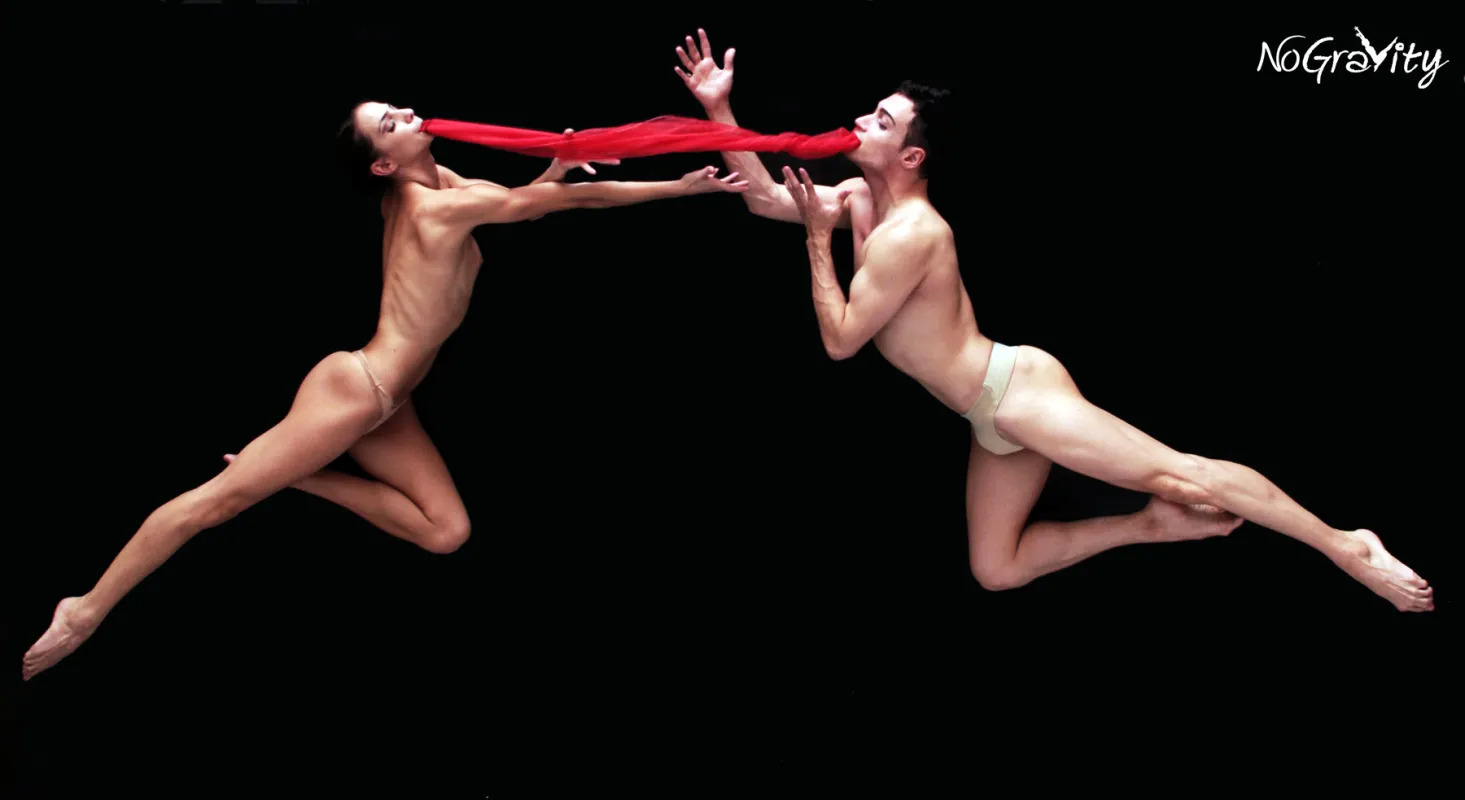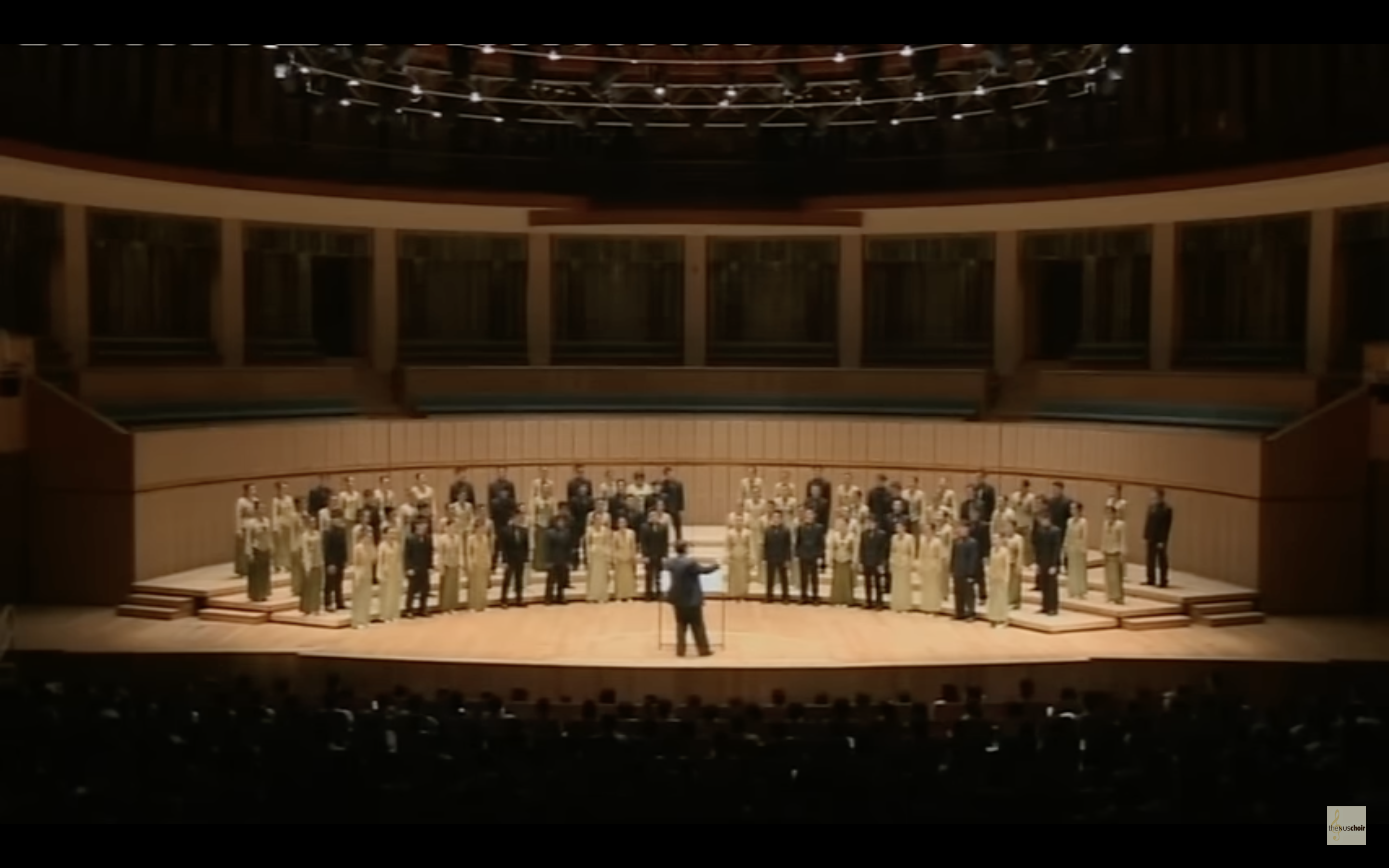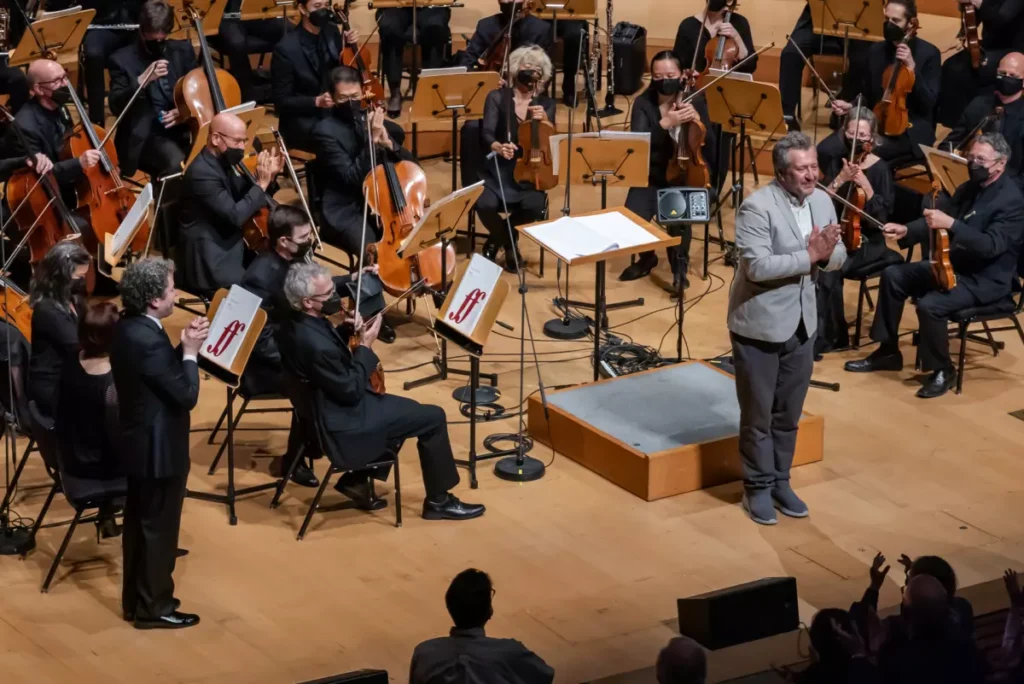“Now Dante’s epic poem is a ballet, and it’s going to be performed in Kansas City. The Harriman-Jewell Series presents the Italian dance company No Gravity performing Divine Comedy Jan. 31 at the Folly Theater.
“From the sulfurous depths of the Inferno to Paradiso, where Dante has a mystical vision of “the Love that moves the sun and the other stars,” “Divine Comedy” is undoubtedly one of the central works of Western civilization. But to tell its cosmic story theatrically is a challenge. Pellisari, however, has created a stage work that brings Dante’s medieval phantasmagoria to life.” — “To Hell and Back: Dazzling dance company does Dante,” KC Studio, January 10, 2024.





